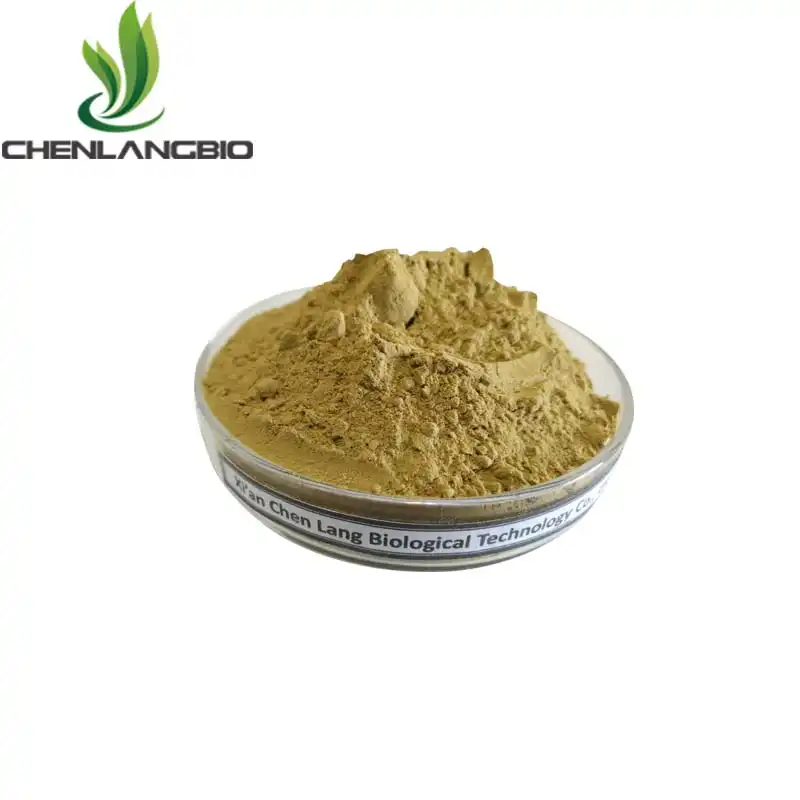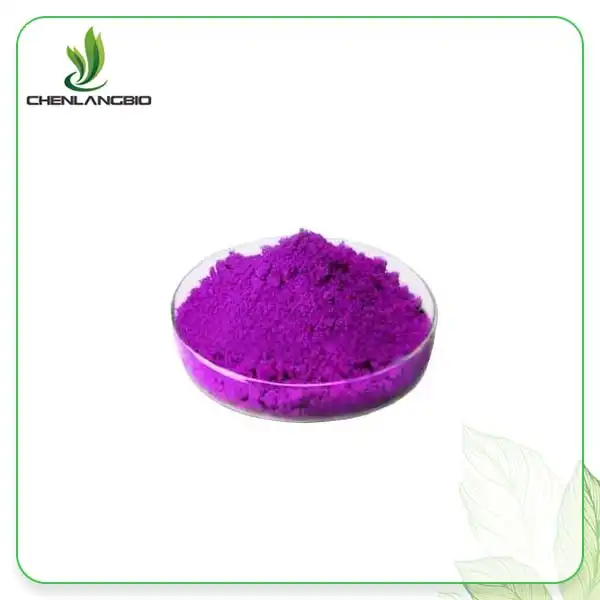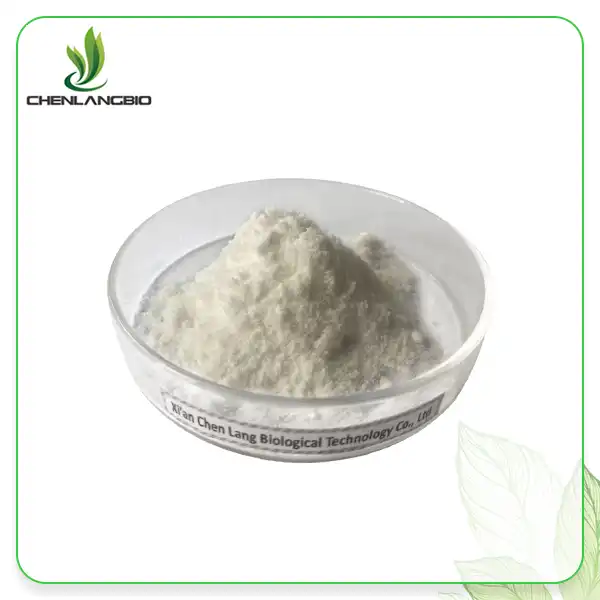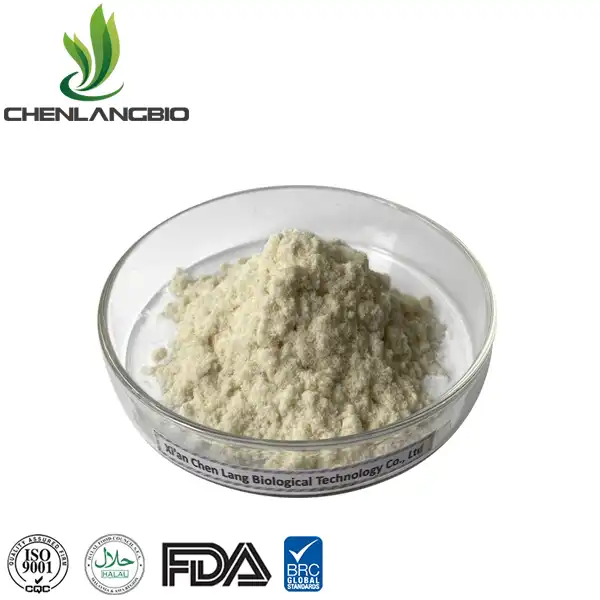Is Ectoin Anti-inflammatory
2024-09-30 12:21:53
Ectoine, a naturally occurring compound found in extremophilic microorganisms, has garnered significant attention in the scientific community for its potential anti-inflammatory properties. This blog post delves into the fascinating world of ectoin and its possible role in combating inflammation. We'll explore the current research, mechanisms of action, and potential applications of ectoin in various fields, including medicine, cosmetics, and nutrition. By understanding the anti-inflammatory capabilities of ectoin, we can gain valuable insights into its potential as a therapeutic agent and its role in promoting overall health and well-being.
Understanding Ectoin and Its Properties
The Origin and Structure of Ectoin
Ectoine, also known as (S)-2-methyl-1,4,5,6-tetrahydropyrimidine-4-carboxylic acid, is a small, cyclic amino acid derivative. This remarkable molecule was first discovered in the halophilic bacterium Ectothiorhodospira halochloris, hence its name. Ectoin is classified as a compatible solute, meaning it can accumulate in high concentrations within cells without interfering with cellular processes.
The unique structure of ectoin contributes to its exceptional properties. It consists of a six-membered ring containing two nitrogen atoms and a carboxylic acid side chain. This configuration allows ectoin to form a hydration shell around proteins and other biomolecules, protecting them from environmental stressors such as heat, UV radiation, and osmotic stress.
Natural Sources and Production of Ectoin
While ectoin was initially discovered in extremophilic bacteria, it has since been found in various microorganisms that thrive in harsh environments. These include halophilic bacteria, which live in high-salt conditions, and thermophilic bacteria, which survive in extreme temperatures. Some notable ectoin-producing microorganisms include Halomonas elongata, Marinococcus M52, and Brevibacterium sp.
The industrial production of ectoin typically involves fermentation processes using these specialized bacteria. Researchers have developed optimized strains and cultivation methods to enhance ectoin yield and purity. This sustainable production approach has made ectoin more readily available for research and commercial applications.
Ectoin's Molecular Mechanisms
At the molecular level, ectoin exhibits several intriguing properties that contribute to its potential anti-inflammatory effects. One key mechanism is its ability to stabilize cellular membranes and proteins. Ectoine forms a protective hydration shell around these biomolecules, preventing denaturation and preserving their functional integrity under stress conditions.
Furthermore, ectoin has been shown to modulate gene expression and cellular signaling pathways. Studies have demonstrated its capacity to influence the production of inflammatory mediators, such as cytokines and chemokines. By regulating these molecular processes, ectoin may help maintain cellular homeostasis and mitigate inflammatory responses.
Exploring Ectoin's Anti-Inflammatory Potential
Ectoin and Oxidative Stress Reduction
One of the vital components through which ectoin applies its mitigating impacts is by diminishing oxidative pressure. When the body's capacity to neutralize reactive oxygen species (ROS) is out of balance, this condition is known as oxidative stress. This unevenness can prompt cell harm and trigger provocative reactions.
Ectoine has been shown to be an antioxidant that neutralizes free radicals and shields cells from oxidative damage. Ectoin was found to effectively neutralize hydroxyl radicals, one of the most reactive and damaging forms of reactive oxygen species (ROS), according to a study that was published in the Journal of Molecular Structure. By lessening oxidative pressure, ectoin may assist with forestalling the commencement and spread of fiery fountains.
Modulation of Inflammatory Mediators
Ectoin has been seen to impact the creation and action of different fiery middle people. These incorporate cytokines, chemokines, and other flagging atoms that coordinate the incendiary reaction. Studies in vivo and in vitro have demonstrated that ectoin can regulate these mediators.
For instance, human keratinocytes exposed to UV radiation showed that ectoin could inhibit the production of pro-inflammatory cytokines like interleukin-6 (IL-6) and tumor necrosis factor-alpha (TNF-) in a study that was published in the International Journal of Cosmetic Science. This suggests that ectoin could be used to treat and prevent skin inflammation caused by UV rays.
Ectoin's Impact on Cell Membrane Stability
The balancing out impact of ectoin on cell films is one more essential part of its calming potential. Cellular membranes are frequently disrupted during inflammation, which results in the release of pro-inflammatory molecules and an intensification of the inflammatory response. In inflammatory conditions, the ability of ectoin to form a protective hydration shell around membranes may aid in maintaining their integrity.
A review distributed in the European Diary of Pharmaceutics and Biopharmaceutics exhibited that ectoin could improve the dependability of liposomes, which are many times utilized as model frameworks for cell films. This settling impact might mean superior opposition against provocative stressors in living cells, possibly decreasing the seriousness and length of fiery reactions.
Applications and Future Prospects of Ectoin
Ectoin in Dermatological Applications
One of the most promising areas for ectoin application is in dermatology. The skin is constantly exposed to environmental stressors that can trigger inflammation, such as UV radiation, pollution, and allergens. Ectoin's ability to protect against these stressors and modulate inflammatory responses makes it an attractive ingredient for skincare products.
Several studies have investigated the efficacy of ectoin-containing formulations in treating various skin conditions. For example, a clinical trial published in Skin Pharmacology and Physiology found that an ectoin-based cream was effective in reducing symptoms of atopic dermatitis, a chronic inflammatory skin condition. The study reported improvements in skin hydration, reduction of transepidermal water loss, and alleviation of itching and redness.
Respiratory Health and Ectoin
Ectoin's potential also extends to respiratory health. The respiratory framework is especially defenseless against irritation brought about by natural contaminations, allergens, and microorganisms. Ectoine's calming and layer balancing out properties might offer assurance against these affronts.
An ectoin-based nasal spray was tested on patients with allergic rhinitis in a study that was published in the Journal of Allergy and Clinical Immunology. The study was a randomized, double-blind, placebo-controlled study. Compared to the placebo group, the ectoin spray significantly reduced nasal symptoms and improved quality of life. As a result, ectoin may be an effective treatment option for respiratory inflammatory conditions.
Ectoin in Nutraceuticals and Functional Foods
Interest in ectoin's potential anti-inflammatory properties as a nutraceutical or functional food ingredient has also grown. Even though research in this area is still in its infancy, preliminary studies have produced encouraging outcomes.
A review distributed in the Diary of Utilitarian Food varieties analyzed the impacts of ectoin supplementation on work out prompted irritation in competitors. The scientists found that ectoin utilization before extreme activity diminished markers of irritation and oxidative pressure contrasted with a fake treatment. This proposes that ectoin may have potential as a characteristic calming supplement for competitors and dynamic people.
Conclusion
Ectoine shows promising anti-inflammatory potential through its antioxidant properties, modulation of inflammatory mediators, and membrane-stabilizing effects. While more research is needed, current evidence suggests that ectoin may be a valuable tool in managing inflammatory conditions, particularly in dermatology and respiratory health. As research progresses, we may see expanded applications of this remarkable molecule in various fields of health and wellness. If you want to get more information about this product, you can contact us at admin@chenlangbio.com.
References
1. Galinski, E. A., & Trüper, H. G. (1994). Microbial behaviour in salt-stressed ecosystems. FEMS Microbiology Reviews, 15(2-3), 95-108.
2. Bünger, J., & Driller, H. (2004). Ectoin: An effective natural substance to prevent UVA-induced premature photoaging. Skin Pharmacology and Physiology, 17(5), 232-237.
3. Graf, R., Anzali, S., Buenger, J., Pfluecker, F., & Driller, H. (2008). The multifunctional role of ectoine as a natural cell protectant. Clinics in Dermatology, 26(4), 326-333.
4. Yancey, P. H. (2005). Organic osmolytes as compatible, metabolic and counteracting cytoprotectants in high osmolarity and other stresses. Journal of Experimental Biology, 208(15), 2819-2830.
5. Bownik, A., & Stępniewska, Z. (2016). Ectoine as a promising protective agent in humans and animals. Archives of Industrial Hygiene and Toxicology, 67(4), 260-265.
6. Sydlik, U., Gallitz, I., Albrecht, C., Abel, J., Krutmann, J., & Unfried, K. (2009). The compatible solute ectoine protects against nanoparticle-induced neutrophilic lung inflammation. American Journal of Respiratory and Critical Care Medicine, 180(1), 29-35.
Send Inquiry
Related Industry Knowledge
- Soapnut Extract Powder: Benefits and Uses
- The Science Behind Bulk Dimethylmethoxy Chromanol
- Why Pure Fisetin Is the Antioxidant You Need
- Why Take Green Tea Extract
- What Is Cactus Extract Used For
- When Is The Best Time To Take Resveratrol?
- What Benefits of Cycloastragenol Powder
- How Does Kava Kavalactone Powder Affect the Brain
- Honokiol Powder Benefits
- Phenylethyl Resorcinol Skin Benefits




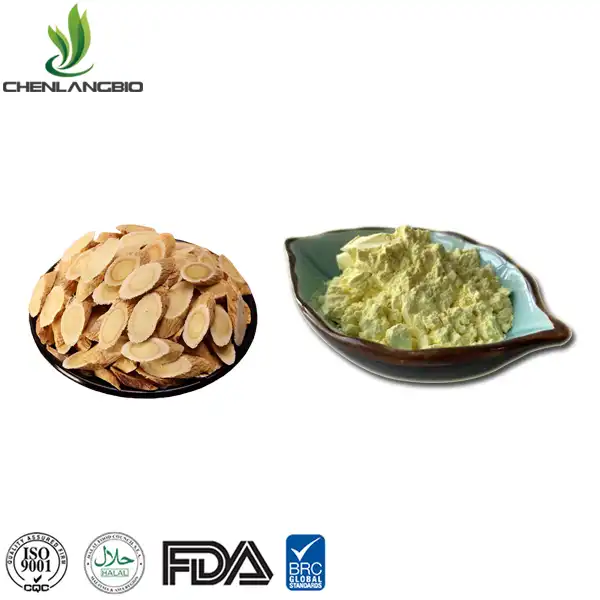
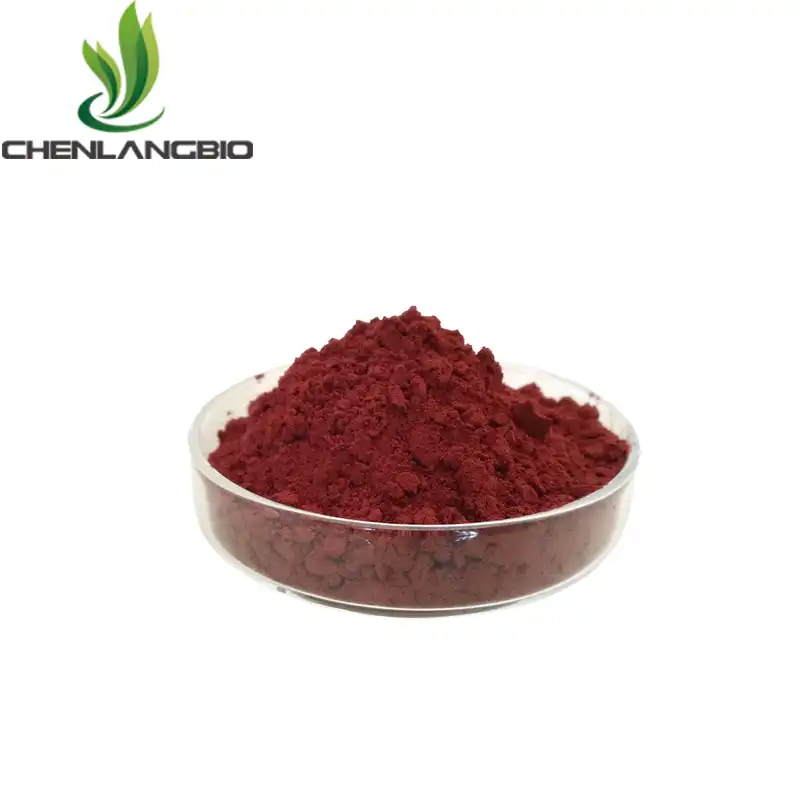
.webp)
